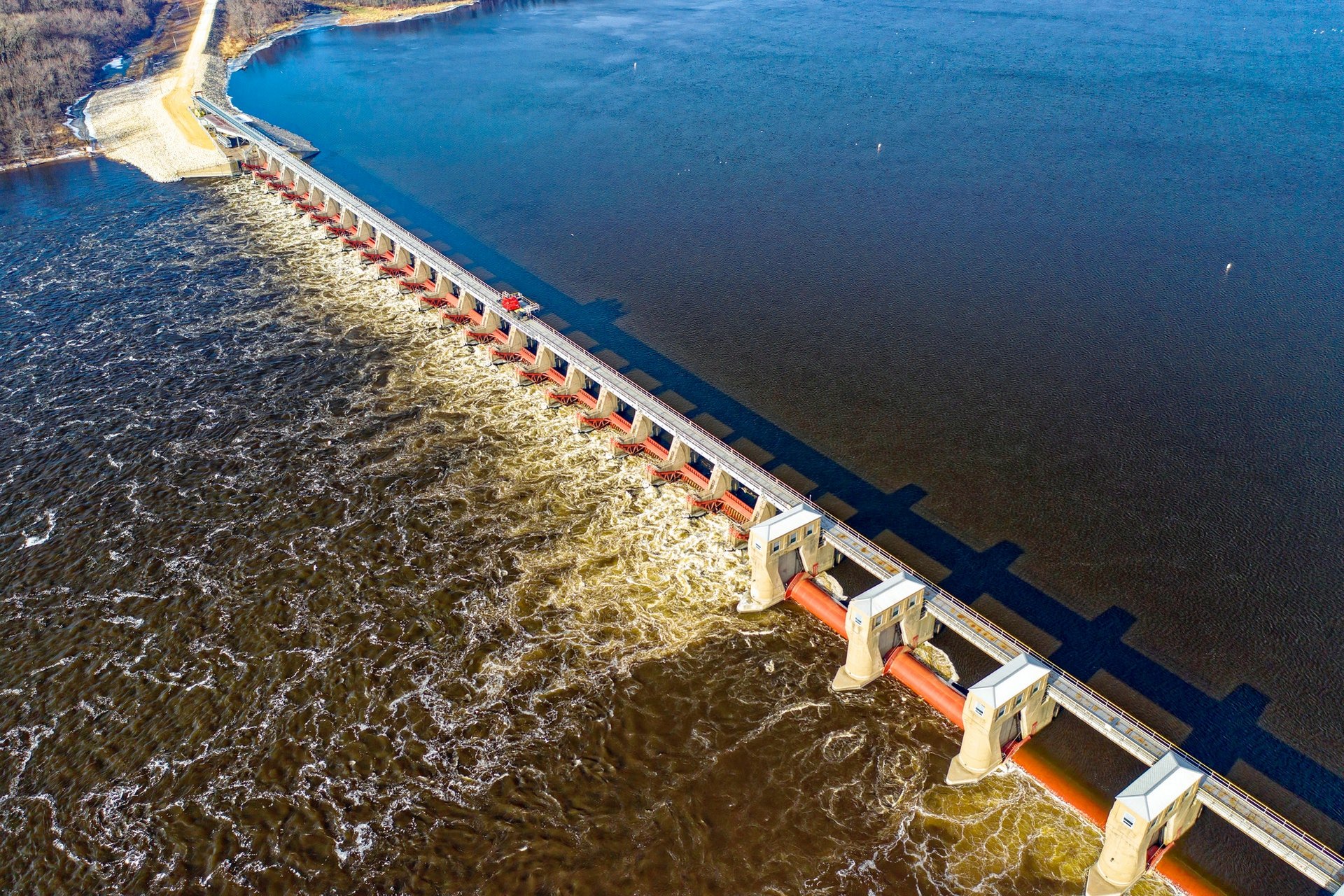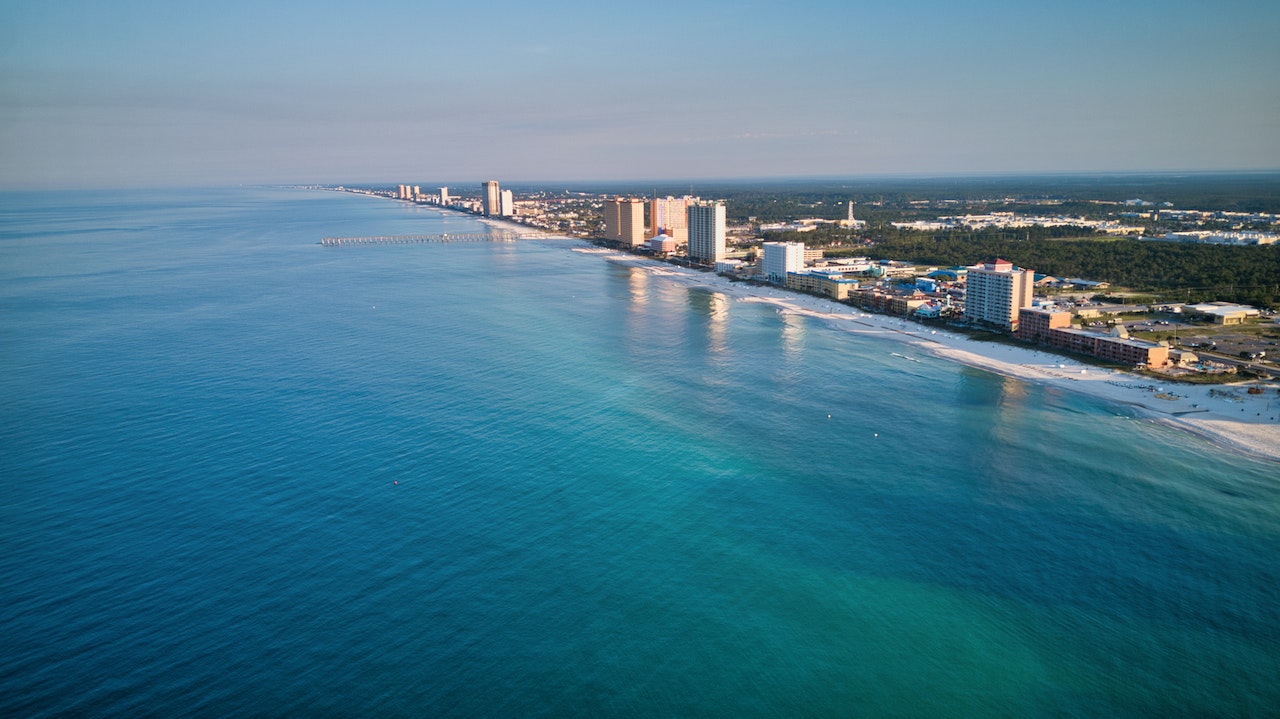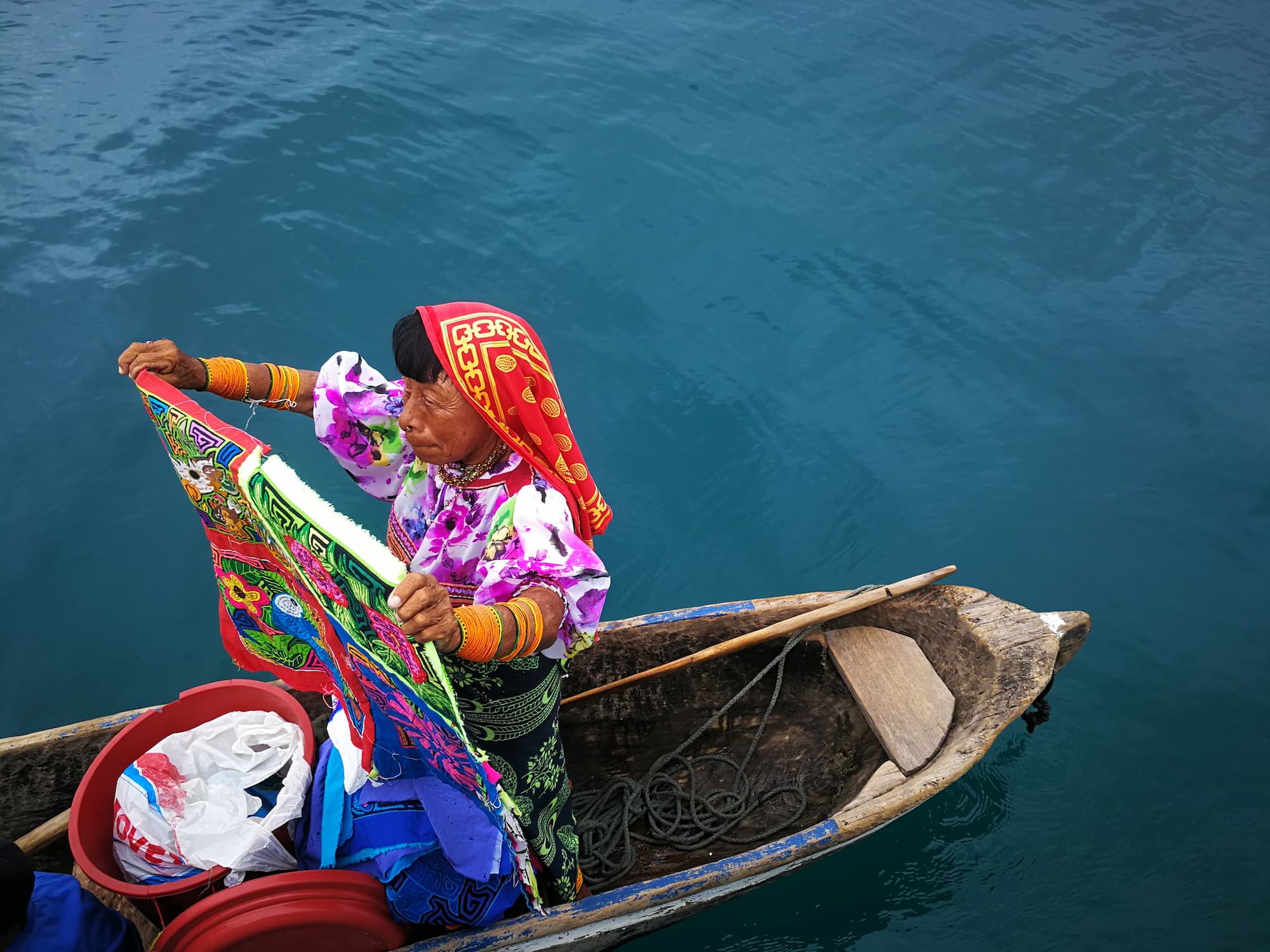Panama Canal

Today, the Panama Canal, which connects the Caribbean Sea, the Atlantic Ocean, and the Pacific Ocean, is still considered one of the greatest and undoubtedly most difficult constructions in the history of mankind.
Its length is relatively short: only 81 kilometers and 600 meters. Sixty-five kilometers also run over land, and 16.5 kilometers along the bottom of the Limón and Panama Bays. All these figures are of interest to sociologists, geologists, ichthyologists and, to some extent, historians. But the Panama Canal is a real coup for the economy and shipping throughout our vast planet. One can only imagine how much shorter the route for ships traveling from the world’s largest metropolis, New York, to San Francisco has become. Before the commissioning of the vital canal ships had to overcome the distance of almost 23,000 kilometers between the two cities. Thanks to the canal built by mankind this distance has been reduced to only 9,500 kilometers.
The canal is located in Panama City, which is Indian for “a place with lots of fish”. Panama is a beautiful country, and the Panama Canal is one of its main attractions, a kind of monument to the tenacity and heroism of the people who took part in its construction. In 2012 the most popular not only in the U.S., but also in the world newspaper The New York Times, published a list of places that are recommended on a must-visit basis to people who are fond of traveling and tourism. It is interesting that this small, by the way, list was headed by Panama.
Documents which have survived to this day allow historians to draw a definite conclusion: the first construction of the Panama Canal began in 1879 and … turned into a terrible disaster. A catastrophe for humanity and a disaster for the economy. The nightmare, called at the end of the 19th century “construction of the Panama Canal”, was directed by Ferdinand Lesseps, who had already become famous for building the Suez Canal.
Nine long years had elapsed since construction began, more than $300,000,000 had been expended, a staggering amount for the time, and not even a third of the work was finished. The budget was exceeded; Ferdinand Lesseps’ design was fundamentally flawed. His inaccurate calculations led not only to the bankruptcy of the company, but also killed more than 20,000 people. “People were dying one after another, yellow fever and malaria were striking them, doctors could not cope with the epidemic, workers were fleeing the construction site as from a place cursed by God,” one of the chief engineers wrote in his reports. Ferdinand Lesseps was accused of a major scam and arrested. Naturally, this brilliant architect, who allowed a lot of flaws, did not want to get rich this way, so, unable to withstand such a blow of fate, he lost his mind.
Still, the Panama Canal, as written above, was necessary. And this was perfectly understood by the United States authorities. They analyzed all the errors in the calculations of the author of the previous project, and thought about how to save workers from epidemics. By the way, thanks to the new construction of the Panama Canal, two scientists made the discovery: a person gets yellow fever when bitten by a mosquito, which is a carrier of the pathogen of this terrible disease. The mosquitoes had to be exterminated at any cost: entire forests were burned near the construction site, even small bushes were uprooted, grass was cut and swamps in which the mosquitoes were breeding were drained. The result was achieved: 1,500 people had virtually “wiped out” the mosquito population and the workers were no longer threatened by malaria and yellow fever.
A new project was quickly developed by John Frank Stevens, who proposed the use of artificial lakes for the canal and special locks that would regulate the water level. As early as 1904, a new construction of the Panama Canal began and lasted nearly 10 years. It cost the U.S. $ 400 million. True, this construction cost the lives of nearly 6,000 workers. However, the grandiose project was realized, and on October 13, 1913, the president pressed a special button in the White House, after which a colossal explosion took place: 4,000 kilometers away from the residence of Thomas Woodrow Wilson, 20 tons of dynamite blew up the last obstacle, located near the city of Gamboa. The waters of the Pacific and Atlantic Oceans were finally connected by the Panama Canal.


